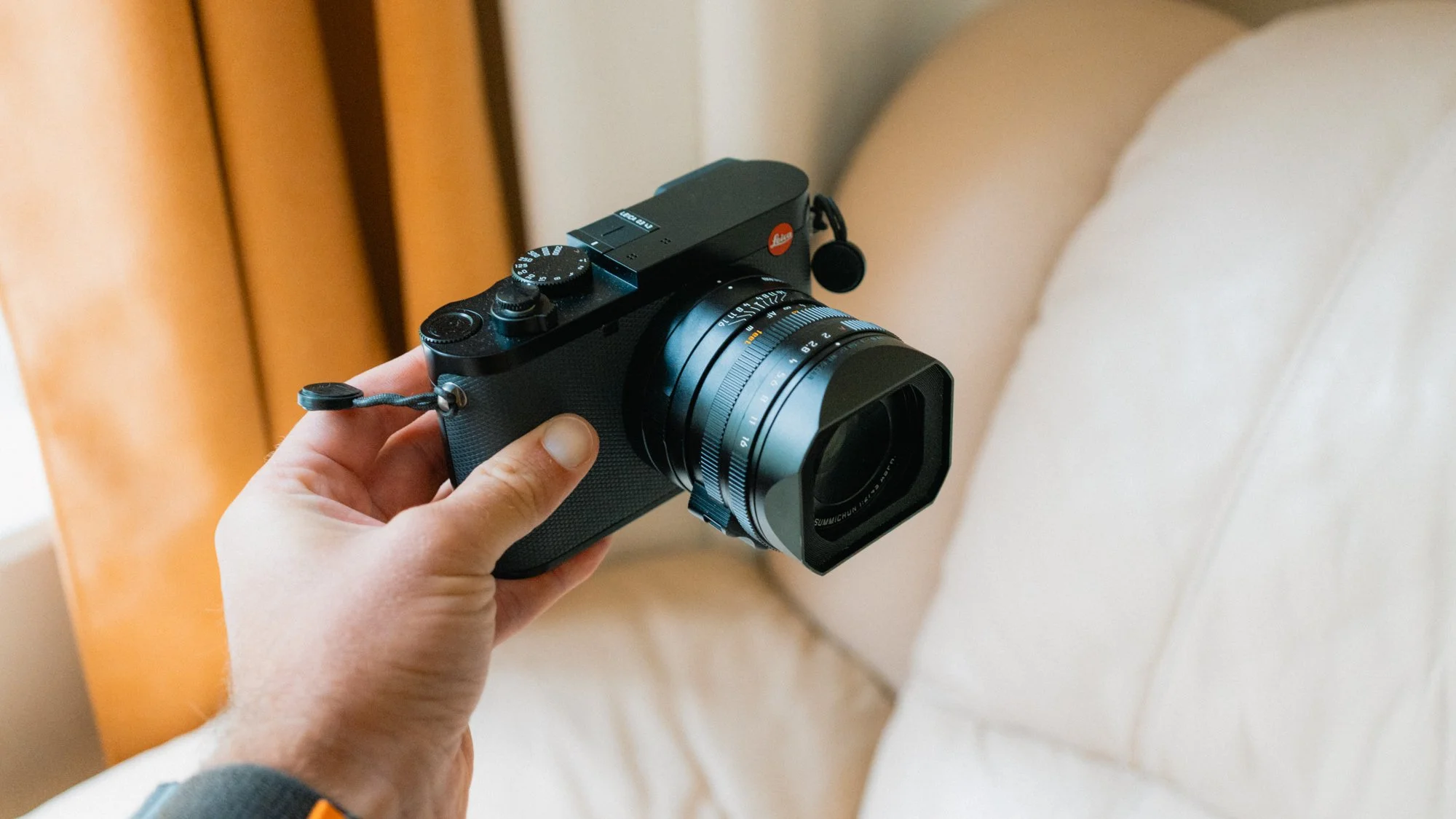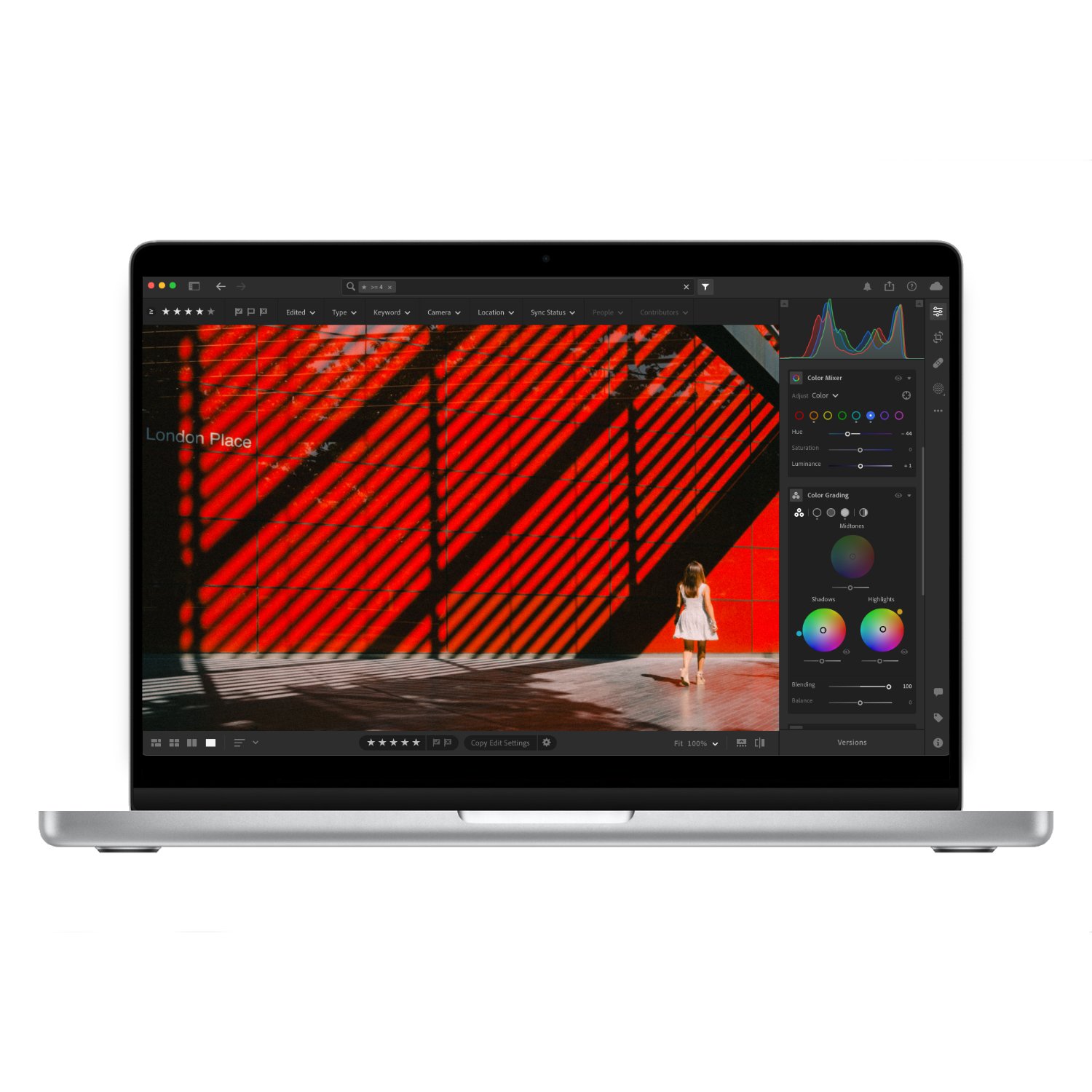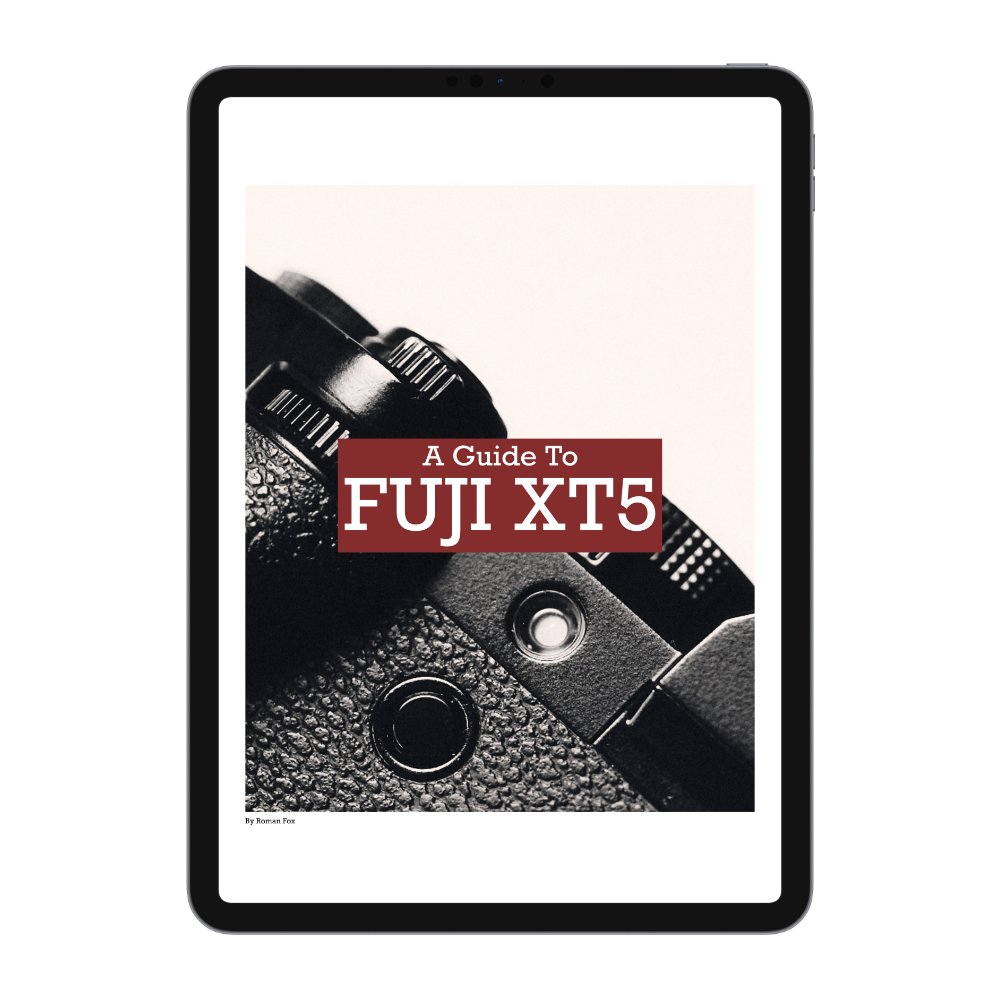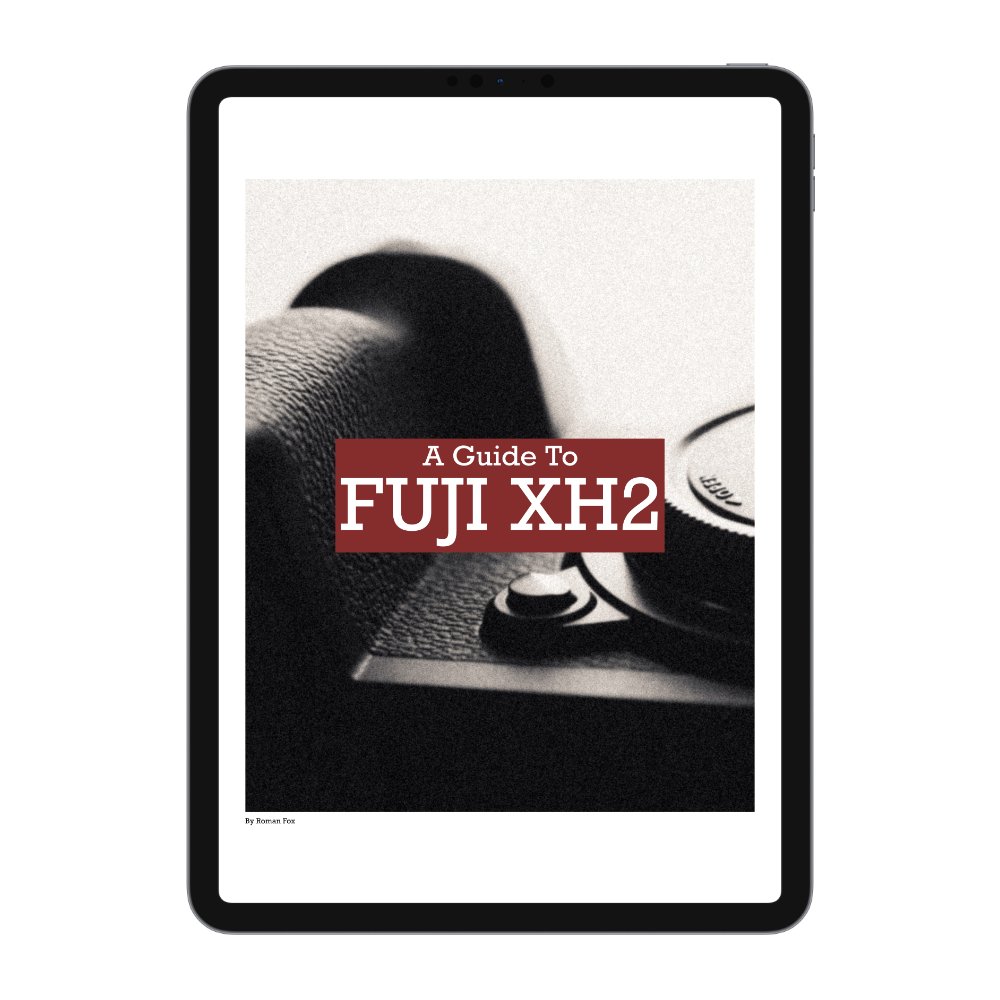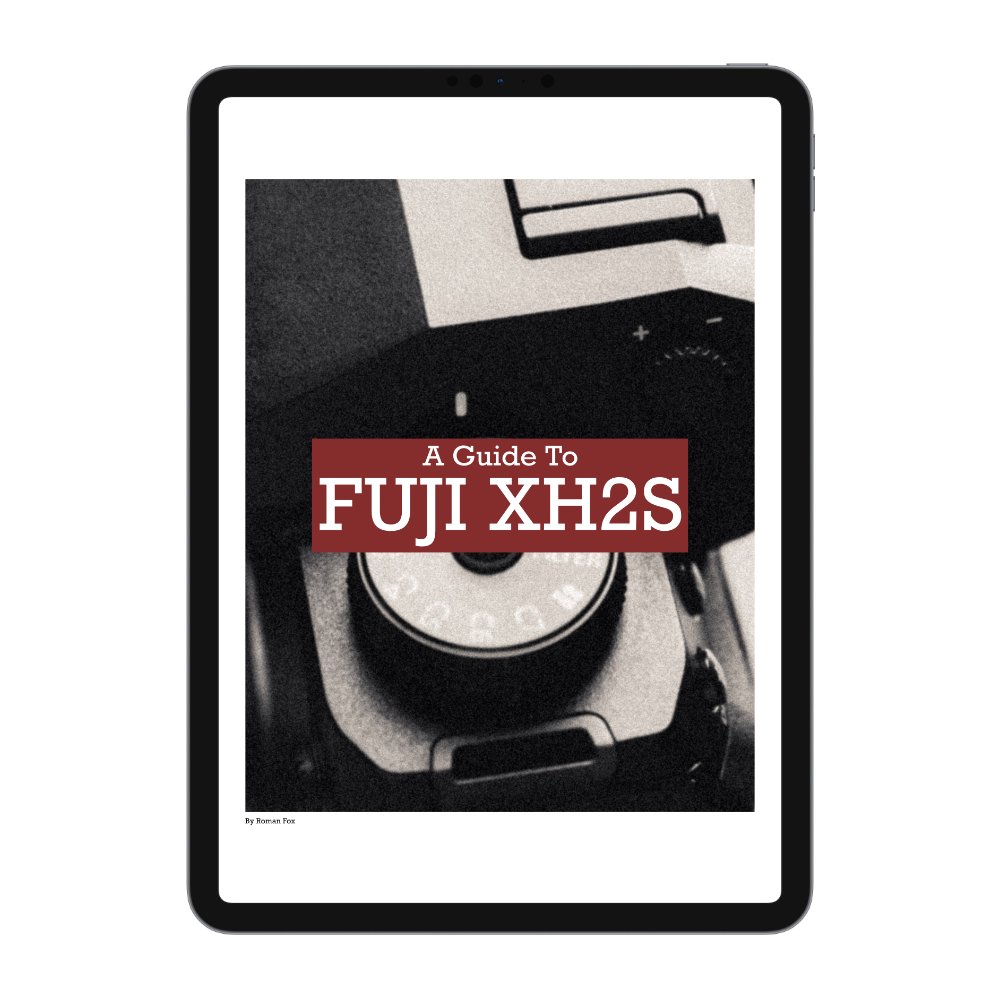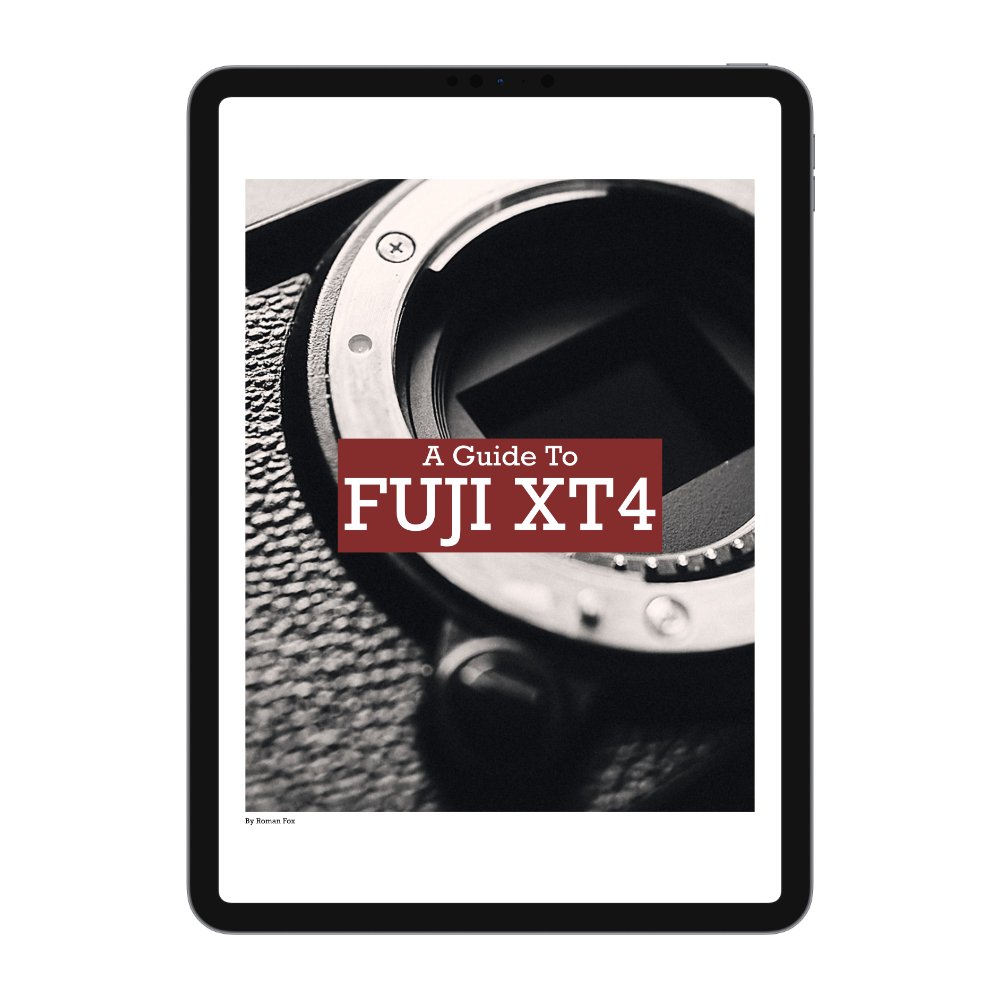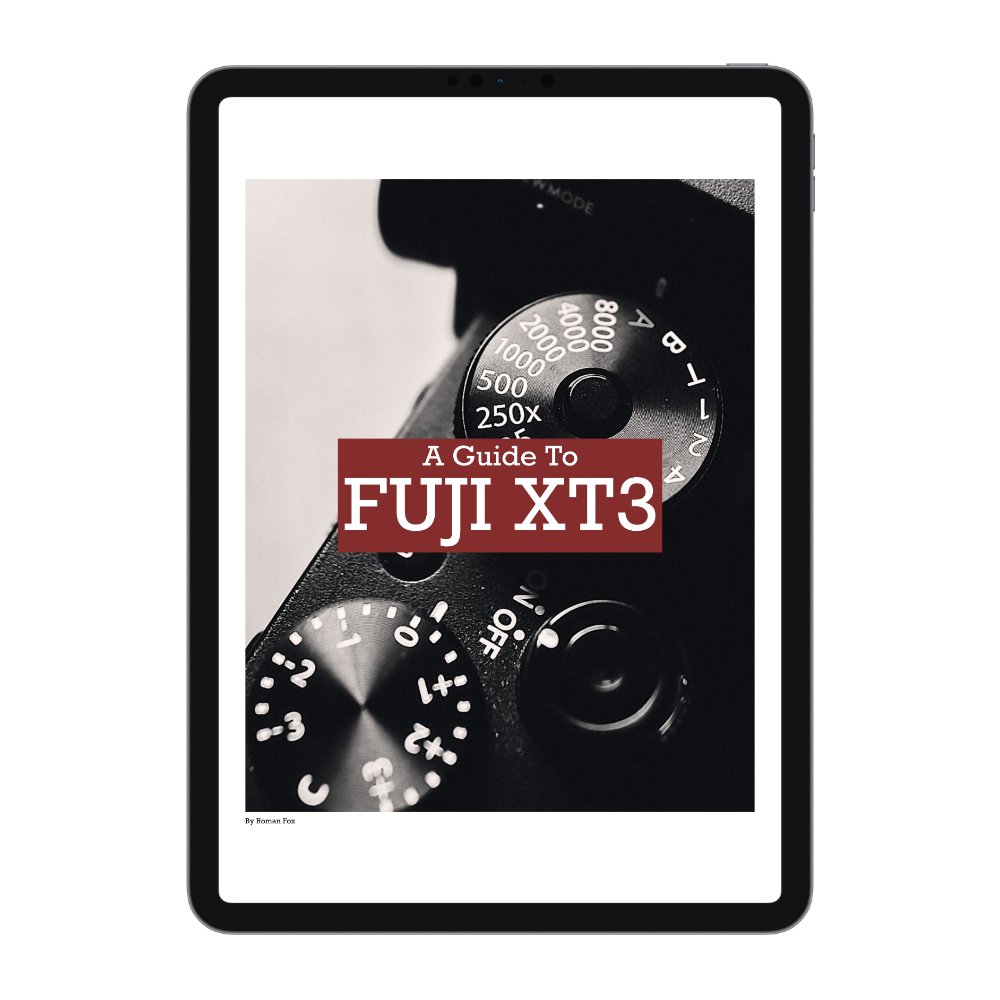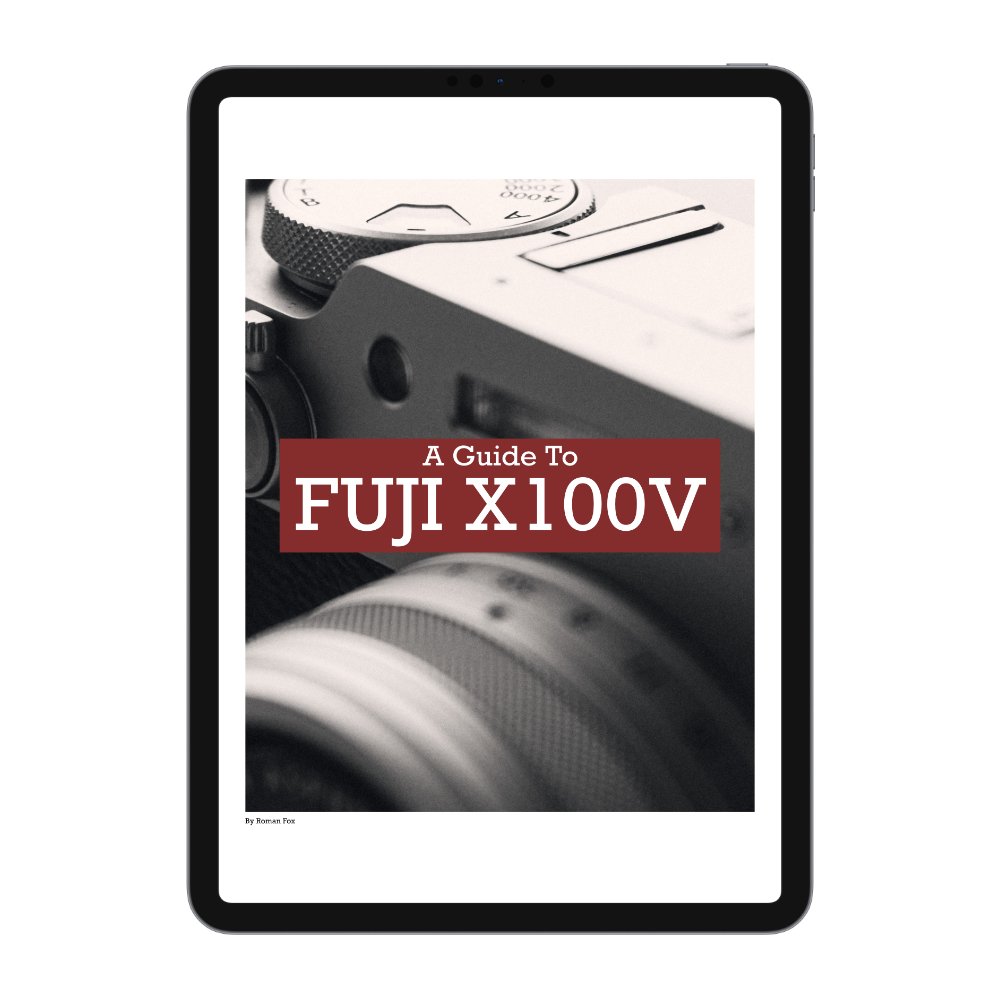Leica Q3 43 vs Sony A7CR / A7CII
Over the last few years, small, compact cameras have become immensely popular. With more people getting into photography, and seasoned hobbyists becoming tired of bulky gear, small systems have exploded in sales. Now you have a plethora of options for every need and budget. I’ve been fortunate to own and extensively use many of them, and in this blog, I will be comparing the most popular offerings from two leading brands, Sony and Leica. Specifically, I will be looking at the Leica Q3 43 and Sony A7CII / A7CR paired with the 40mm f2.5 prime.
For the purpose of this blog, I am comparing the Leica to the Sony A7CR based on a similar 60MP sensor. If you opt for the lower resolution 33MP unit found in the A7CII, that would be the only tangible difference. The rest of the cameras are identical, so if you’re looking at the A7CII, this blog still stands. While I am using the 40mm f2.5 prime for size comparison, I am by no means stating this is an equivalent or best lens. It’s simply the one that makes the most sense to go up against the Q3 43. There are ample lenses out there to choose from, and even adapt a Leica one if you so wish. Lastly, I purchased both of these cameras with my own money and I have no vested interest in any brand.
Key Similarities
Both cameras have ultra-high resolution 60MP full-frame sensors, meaning the image quality and cropping ability is outstanding.
Both produce good colours with ample dynamic range. There is a difference in how the images are processed, but more on that later.
Both use a single UHSII SD card.
Both are weather-sealed; however, the Leica has an actual IP rating, making the claim more trustworthy.
Both have great battery life.
Key Differences
The Leica is in a different league when it comes to premium feel and build quality. It feels robust and like it could take a beating. The Sony, in comparison, feels cheaper and flimsier.
The Leica has a very minimal approach to buttons and dials. The Sony has a wide selection of different ways to control the camera.
The Leica wants you to work a certain way, while the Sony offers an abundance of customisability.
While both offer amazing image quality, the Leica files already have a look to them and are punchy. The Sony files are quite dull and lifeless in comparison. If you don’t like editing, Leica is the better choice.
Leica has a much better manual focusing experience.
Sony has much better autofocus. Leica feels extremely outdated in the AF capability and accuracy.
Leica attracts more attention and eyeballs from passersby.
Leica is more fun to use, to hold and to carry with you. The Sony feels more like a tool.
Sony has much better video across the board. Leica video is really bad for the price.
Sony has IBIS while Leica has a stabilised lens. These don’t even compare and the stabilisation in the Sony is 100 times better.
The Leica has a tilting screen while the Sony has an articulating one. Tilting is better if you’re behind the camera, articulating is better if you’re in front.
The Leica is frustratingly slow at starting up. It can take a few seconds from the moment you switch it on, to the camera being ready to go. The Sony is almost instant.
The Leica does not have a grip. If you plan to handhold the camera with a wrist strap, you either need a grip extension or your wrist will ache.
The Leica has a superior viewfinder. It’s bigger, brighter, and much more pleasant to use.
Why Pick The Leica
The primary reason to go for the Leica is the user experience of such a high-end system. Leica is truly a luxury product, and you get that feeling when using it. The lens is outstanding, the image quality is second to none, and the whole package makes the camera incredibly fun to pick up and use. This is a camera that you want to throw around your neck and take everywhere you go. It’s best suited for casual photography, and while you can, of course, do high-end work with this, it’s only really suited to a slower approach. While you do pay for it, the Leica offers one of the best and most involved photographic experiences.
Why Pick the Sony?
The Sony is vastly more advanced in many ways. The first and biggest reason for choosing the A7CR is to be able to swap lenses. While this does make the system bigger, there are plenty of options out there that won’t increase the size too much. With that said, to match the Q3 image quality, you’d want to be going for Sony’s more premium GM lenses that add substantial weight and size. The second reason is the advanced autofocus capability. If you’re planning on shooting fast-moving subjects, people, sports, or wildlife, then this is the only choice. I would pick the Sony if you will be doing a lot of video. While the Q3 is capable, the Sony is just on another level in every aspect. While this may sound strange, if you don’t want people staring at your Leica, the Sony might be a better option since it looks like any other generic camera. The last reason to get the Sony is that it will fit into any future workflow. For now, you may have just the A7CR and a small 40mm prime; however, if in the future you decide to get into photography seriously, you already have a system you can build from. With the Q3, you’re locked in. Of course, you have the SL system, but that’s a different thing entirely.






